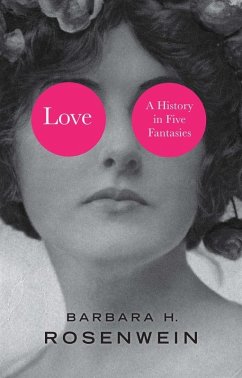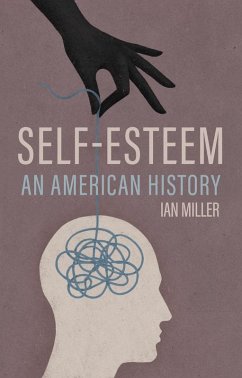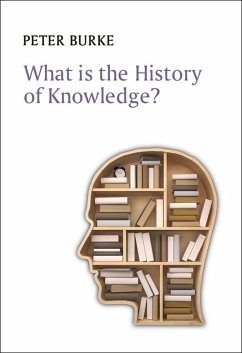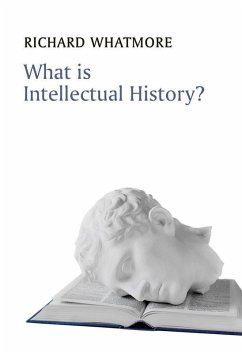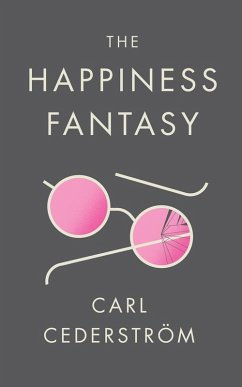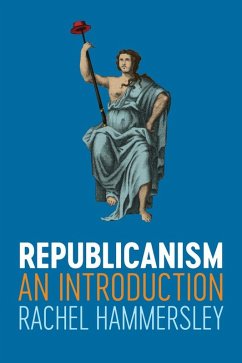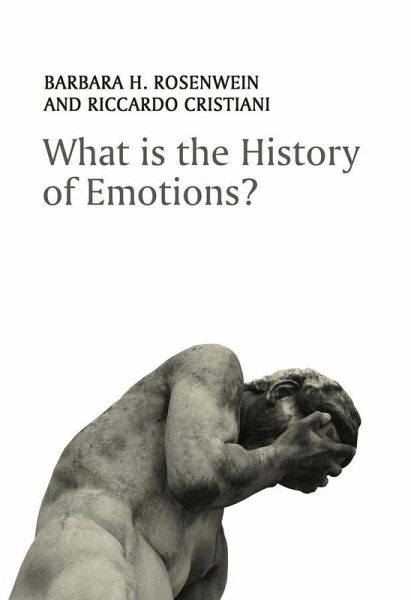
What is the History of Emotions? (eBook, ePUB)
Versandkostenfrei!
Sofort per Download lieferbar
15,99 €
inkl. MwSt.
Weitere Ausgaben:

PAYBACK Punkte
0 °P sammeln!
What Is the History of Emotions? offers an accessible path through the thicket of approaches, debates, and past and current trends in the history of emotions. Although historians have always talked about how people felt in the past, it is only in the last two decades that they have found systematic and well-grounded ways to treat the topic. Rosenwein and Cristiani begin with the science of emotion, explaining what contemporary psychologists and neuropsychologists think emotions are. They continue with the major early, foundational approaches to the history of emotions, and they treat in depth ...
What Is the History of Emotions? offers an accessible path through the thicket of approaches, debates, and past and current trends in the history of emotions. Although historians have always talked about how people felt in the past, it is only in the last two decades that they have found systematic and well-grounded ways to treat the topic. Rosenwein and Cristiani begin with the science of emotion, explaining what contemporary psychologists and neuropsychologists think emotions are. They continue with the major early, foundational approaches to the history of emotions, and they treat in depth new work that emphasizes the role of the body and its gestures. Along the way, they discuss how ideas about emotions and their history have been incorporated into modern literature and technology, from children's books to videogames. Students, teachers, and anyone else interested in emotions and how to think about them historically will find this book to be an indispensable and fascinating guide not only to the past but to what may lie ahead.
Dieser Download kann aus rechtlichen Gründen nur mit Rechnungsadresse in A, B, BG, CY, CZ, D, DK, EW, E, FIN, F, GR, HR, H, IRL, I, LT, L, LR, M, NL, PL, P, R, S, SLO, SK ausgeliefert werden.




